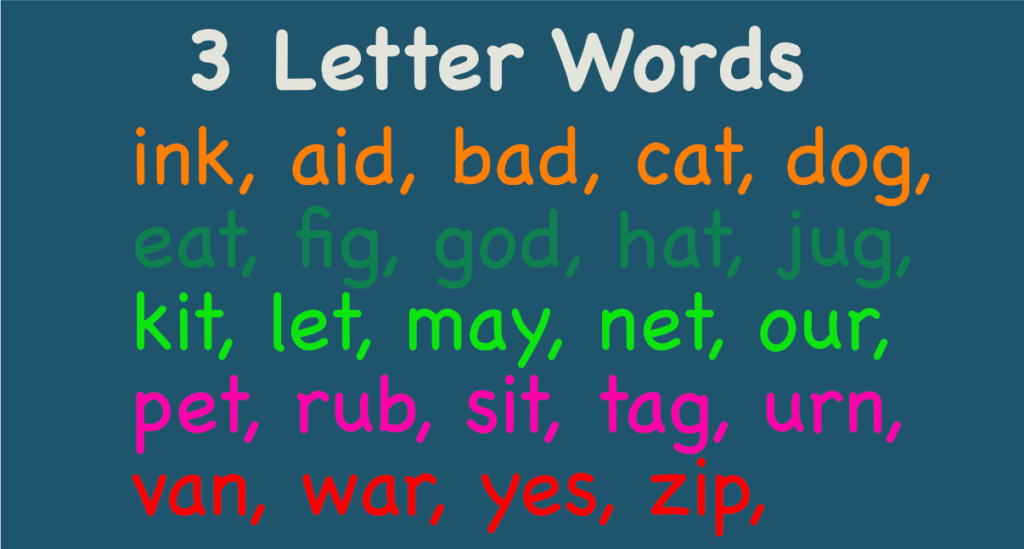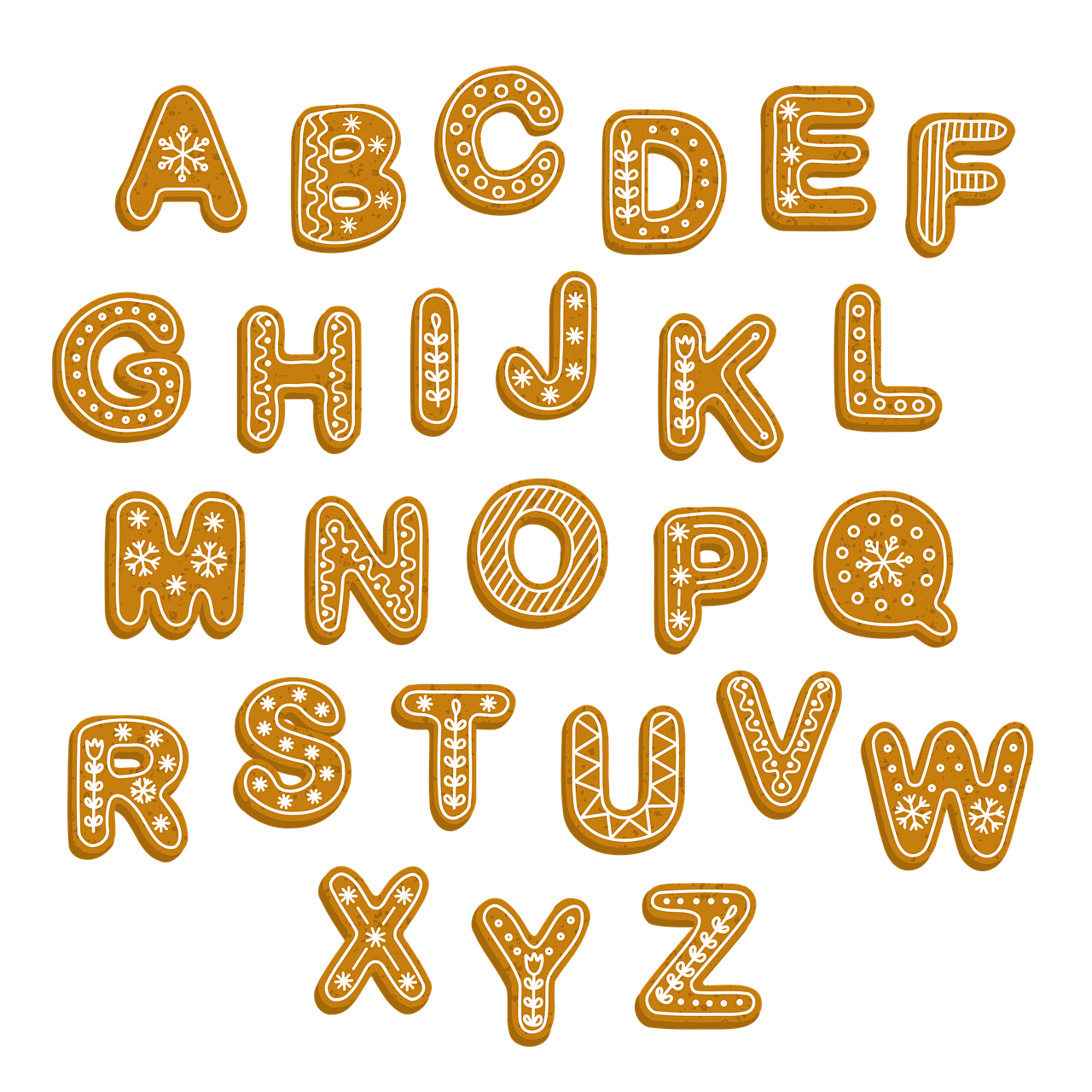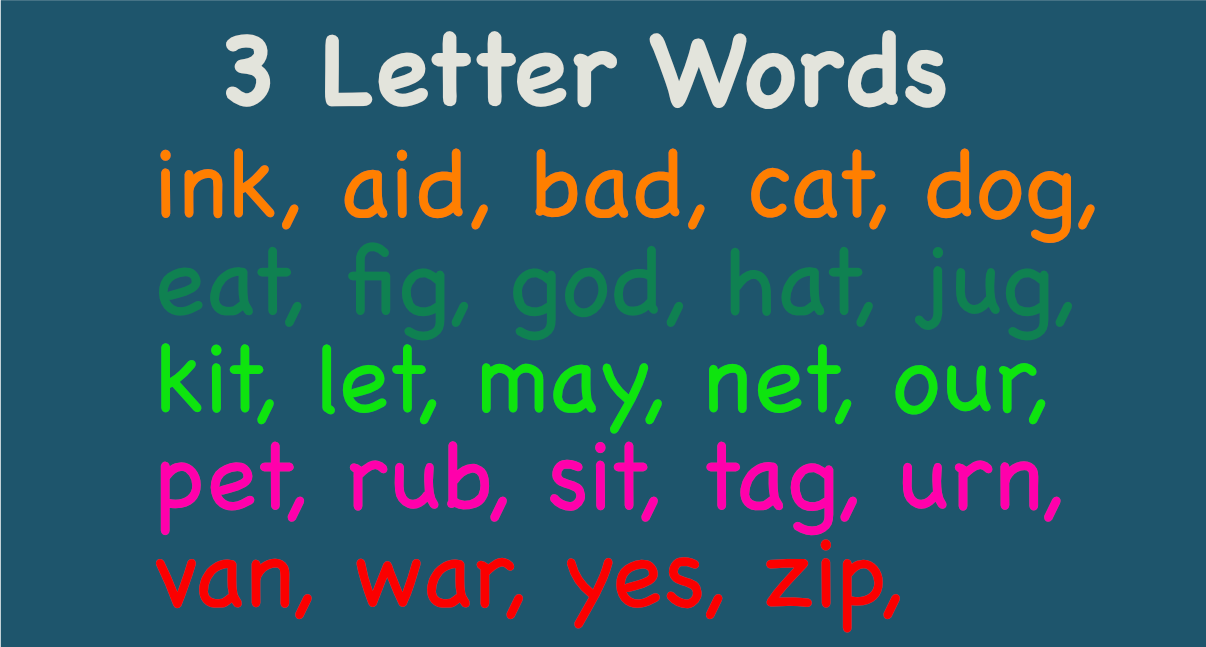
Spelling is a crucial aspect of child (particularly language) development.
One of the most important things you can do to help your child learn to spell is to encourage reading and talking.
There are many techniques you can use to teach a 6 year old child to spell.
The post will cover these aspects:
- How Children Learn To Spell
- Mapping Sounds To Letters
- Dolch Language or Sight Words
- Segmenting words
- Grouping Similar-Sounding Words
- Using A Tablet Or Device
- Drop-proof Tablets
- Using Penmanship
Contents
How Do Children Learn To Spell?
In the first and second grades, children receive spelling instruction. The majority of beginner spelling words must be remembered. High frequency service terms are a case in point. Teachers frequently assign children to groups and give weekly quizzes.
To aid learners in identifying patterns, rules will be clarified and terms that adhere to the same rule may be taught together. Students come across familiar words more frequently as they develop their reading skills. This aids in their spelling.
The more often students use their terms in writing assignments, the more likely it is that they will learn them—either by utilizing the proper form, referencing it, or by making a mistake that they must then fix.
Mapping Sounds To Letters
The first few years of a child’s life are dedicated to language acquisition. Once they have a sufficient number of words in their vocabulary, they start studying the alphabet and phonics.
They can recognize the sounds that words contain and associate those sounds with specific letters and combinations. Every child must possess these pre-literacy skills in order to begin reading and writing.
Some words can be spelled by ear since spelling requires sound-to-letter mapping.
However, to do this, they must be able to hear each sound that each word contains. Not everyone has this ability. Children with hearing impairments, which frequently affect children with Down syndrome, may have difficulty spelling because they are unable to distinguish all of the sounds that make up a word.
Dolch Language or Sight Words
The Dolch list, a collection of words that make up 50–75% of all the text in children’s books and educational materials, is where many of the first spelling words originate from.
Also known as Sight Words, mastering these words’ recognition and spelling helps children concentrate on more challenging and infrequent words while reading and writing.
There is a separate list of common nouns that teachers may present. This list is made up of prepositions, verbs, adverbs, adjectives, and conjunctions. Read this article to learn more about teaching sight words.
Children who are good spellers tend to also be good readers and speakers. To help develop these skills, make sure that your child spends time at the library and limits television watching. Speaking with your child about his or her day and making sure that he or she can read and speak is also essential.
Segmenting Words
If your child has difficulty spelling words, he might benefit from learning to segment words. This will make spelling second nature. To learn more about segmenting words, visit our phonics page. Another technique that will help your child to spell correctly is over-pronunciation.
Repetition is a proven technique to reinforce spelling and pronunciation. For example, asking your child to repeat the word with the correct pronunciation will help the word stick in his memory. Repetition will also help him learn how to write different sounds.
For children with speech delays, it’s important to introduce the phonetic alphabet and vocabulary charts in dictionaries. However, you must be careful not to overload them with too much information at once. Remember that the audience will sit up when you pronounce words correctly.
Another way to teach a child to spell is to use games. For example, if your child is not yet confident with spelling, let him make up a short story about something he likes. You can illustrate the story using cut-outs from magazines. This way, he’ll learn that spelling is not a struggle.
Grouping Similar-Sounding Words
When you teach your child to spell, grouping similar-sounding words together is a crucial part of the process. This will help them match letters to sounds and improve their memory, which will help them spell long words in the future. It is also an important part of phonics and rhyming, which are both foundational skills in language arts.
Using pictures in the spelling lessons is another great way to help your child learn to spell. Children tend to remember images better than texts, so using pictures can help them learn how to spell words correctly.
Many children tend to confuse letters that have the same pronunciation. So, for example, if you teach your child to spell kat, they will write krispy. Adding a picture of a cat is easier than teaching them the correct pronunciation of kat.
Another effective way to teach a 6 year old child to learn how to spell words is through word games. One fun way to teach a child to spell is to create a word collage, where they trace the letters and create a melody out of the words.
Children can even participate in spelling competitions and play with words that sound similar to each other.
Children often struggle with UR words such as the following:
- Burn
- Turn
- Lurk
- Curl
- Surf
- Burger
- Hurt
- Fur
The child may need to see them in real life before they can learn how to spell them. Similarly, children have to be exposed to the same words over again, so that they can develop pattern recognition approaches. This will make them more confident with the words they already know and help them learn new ones.
Another way to teach a child to spell difficult words is to use phonetic spelling.
This method involves listening to the sounds of each letter in a word and making each sound. This is a critical milestone in spelling development. It will help them understand basic spelling rules and help them handle decodable words.
Using A Tablet Or Device
To teach a child to spell, it is important to use methods that can help them understand and remember the rules of spelling. By starting with simple rules, kids can gradually increase their skills.
Children should also learn to recognize exceptions to the rules of spelling. They should check each word to see if it follows one of the rules. Some common misspelled words include ‘weed,’ ‘believe’ and ‘foreign.’
There are many different options available for tablets and devices. Some are drop-proof and come with modified operating systems. Others use a computer’s keyboard and mouse.
Drop-proof Tablets
LeapFrog makes a tablet that is drop-proof. Many tablets are available at Amazon with modified versions of their operating systems.
The Internet is another great resource for spelling lessons. Children can take online tests to see if they understand a word and know what the correct spelling is.
You can also use free online games that teach children how to spell words. For example, Spelling City offers free games for elementary school kids. Also, Discovery Education offers a free puzzle maker tool for younger kids.
Using a tablet or device to teach a 6 year old child to write is another great way to help them learn the rules of spelling. With a device such as a tablet, children can practice their spelling skills and develop their keyboarding skills.
By using a tablet or device to learn how to spell, a child can also learn about sentence structure and the correct use of punctuation.
Using Penmanship
It’s important to encourage your child’s penmanship skills at an early age. While writing letters can be intimidating, if your child enjoys pretend play, you can help them develop their handwriting skills. You can also help them learn to write by using flashcards.
When teaching your child to write, start by making lines and patterns to introduce the different letter shapes and formations. Once your child gets the hang of this, have them trace big letters on the paper with their finger or wax crayons. Eventually, decrease the size of the letters.
Spelling games are a great way to improve your child’s spelling skills. Try using the three-section method.
Let your child write the word in the first two sections, then cover them up and write the third section. Let them repeat the process a few times and see how many times they can spell the word correctly.
Another option is to use a handwriting program. This type of software has proven to be highly effective for many children who have dysgraphia. Children with dysgraphia often need to strengthen their hand muscles and posture.
Activities like coloring, cutting, and painting increase dexterity. You can also try constructing models or threading beads. Pencil mazes can also help improve your child’s dexterity.



